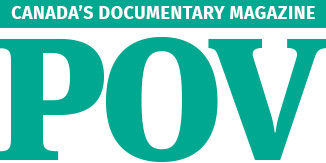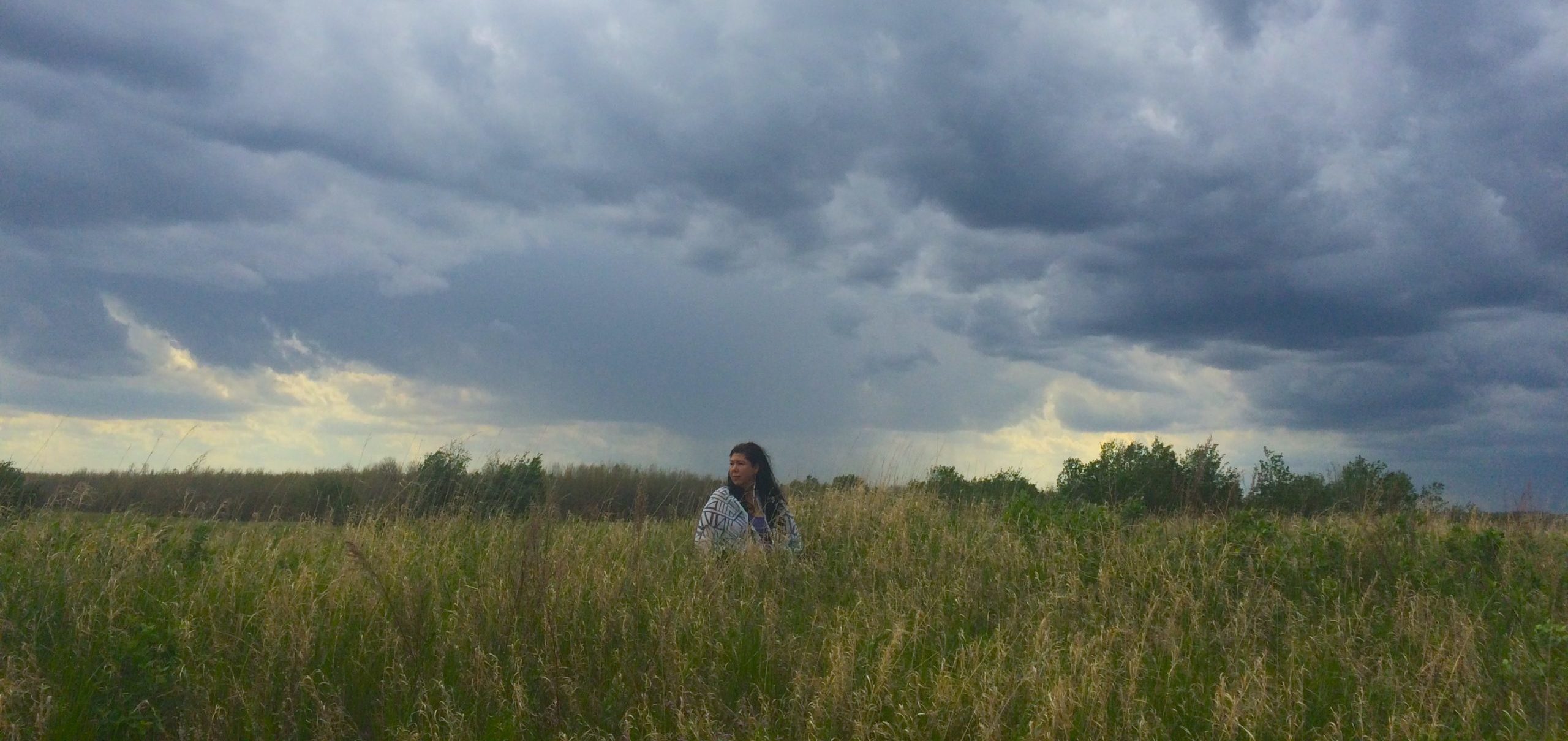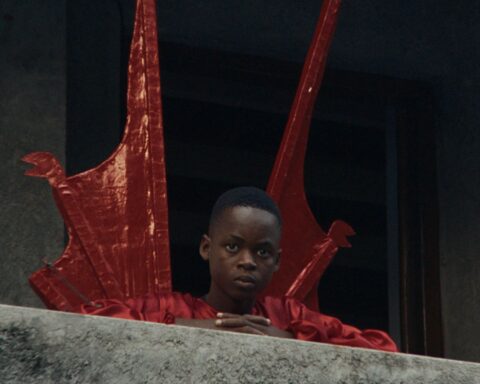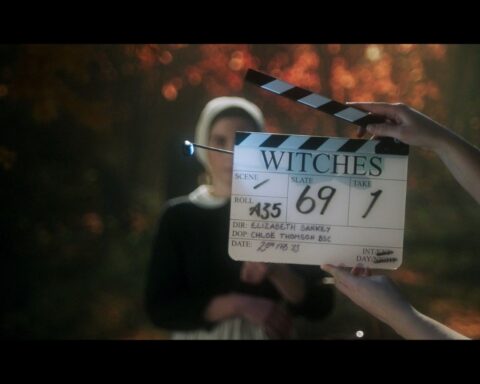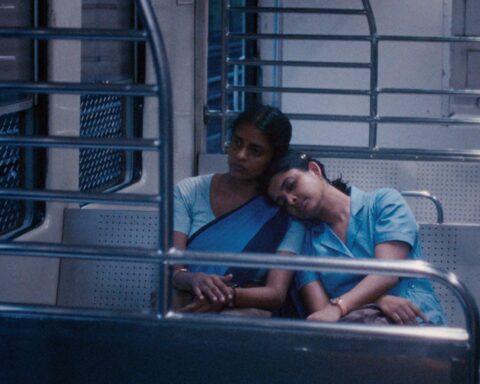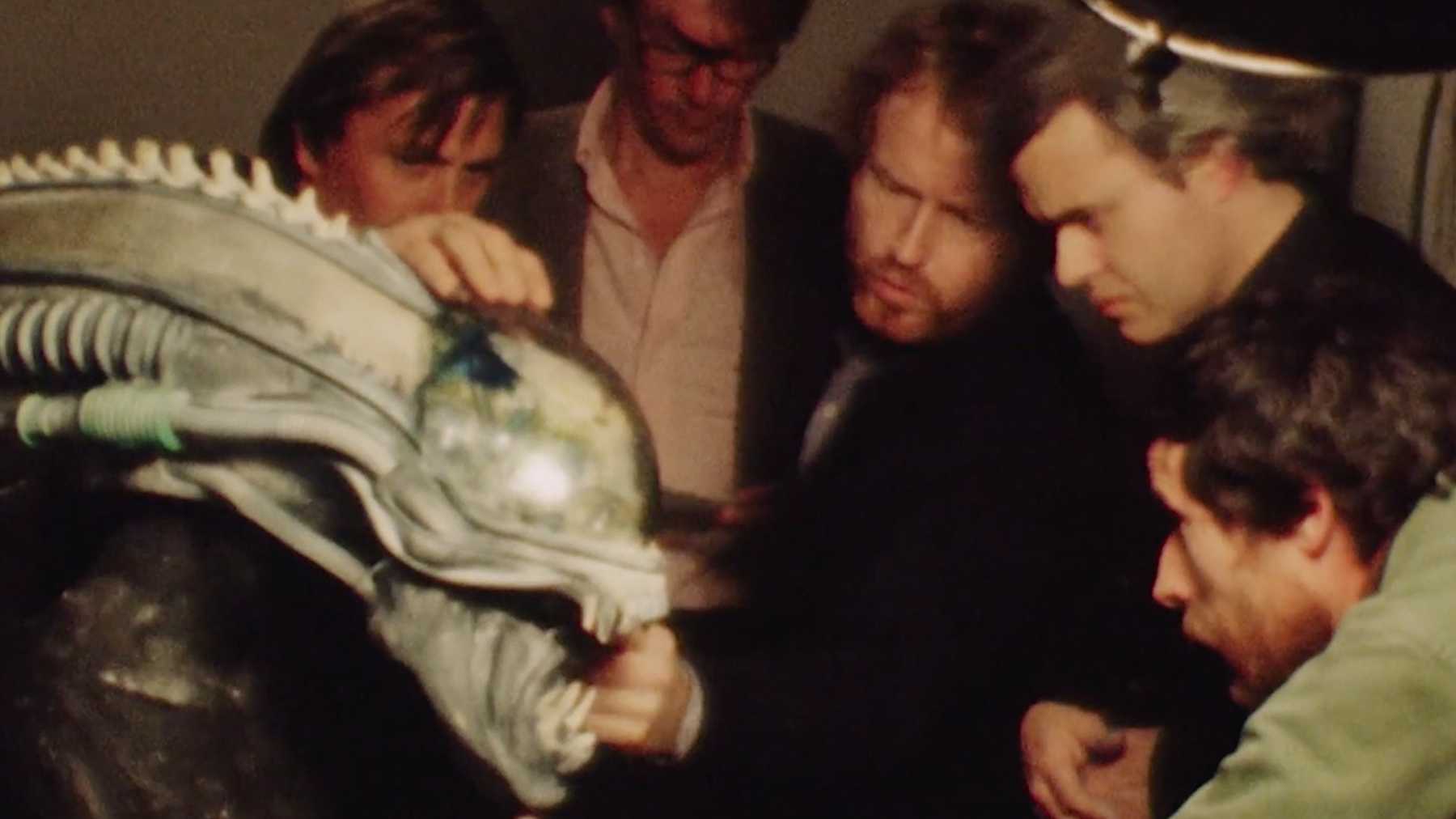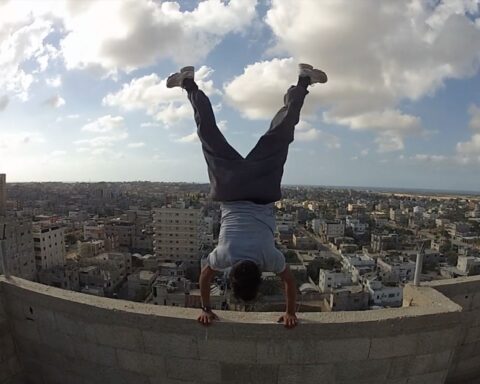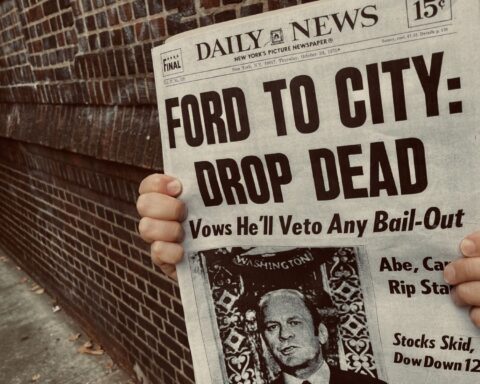“The fear was palpable,” says Tasha Hubbard about the intense feeling within the Indigenous community following the death of Cree man Colten Boushie. Reflecting upon the murder of the 22-year-old, the director, herself of Cree ancestry, describes the overwhelming feeling of concern she felt for her own son in response to the news and while documenting the case. Hubbard says that seeing the young man’s death in a continuum of historic oppression inspired her to consider the fate of her son and future generations of Indigenous people.
One cannot understate the gravity of nîpawistamâsowin: We Will Stand Up. This year’s Hot Docs opener sees Hubbard take up a story that resonates with the lives of Indigenous people across the country. Following on her 2004 debut Two Worlds Colliding, which tackled the Saskatoon “freezing deaths” cases, in which police officers arrested and abandoned Indigenous men during the bitter cold of night, and 2017’s Birth of a Family, which witnessed the union of four siblings ripped apart by the Sixties Scoop, Hubbard’s third feature is a major work. nîpawistamâsowin asks audiences to reframe their view of Canada’s past and future by considering the history of violence that impacts Indigenous lives to this day.
The doc examines the case of Colten Boushie, who was shot in the head when his friends drove onto Gerald Stanley’s Saskatchewan farm on August 9, 2016. Heart-wrenching interviews with Boushie’s family, particularly his mother Debbie and his cousin Jade, reveal how a combination of mishandled legal work and systemic inequity let Stanley walk free. However, the case inspired Boushie’s family to fight for change. Hubbard joins them on a search for justice at a time when “reconciliation” is the buzzword du jour, yet systemic change is slow to follow.
Hubbard, speaking with POV prior to Hot Docs, says that nîpawistamâsowin isn’t a film she necessarily wanted to make, but one she had to make. “I finished Birth of a Family and my PhD dissertation on the same day, so I wasn’t looking to do a film,” says Hubbard, who originally planned to cover the Boushie case via a blog. “I really felt compelled because I just kept looking at my son and my nephew and thinking, ‘What is this going to mean for them? What is this going to mean for them when they’re adults?” Her incisive and contemplative probe of the case and its surrounding implications recalls the work of Alanis Obomsawin with its scope and power.
Hubbard chronicles how negligent evidence collection and preservation gave little hope for justice, while systemic factors, like arbitrary juror challenges, led an all-white jury to acquit Stanley of second-degree murder and a lesser manslaughter charge. “I’ve never followed a criminal trial in a film or even sat in one, so I asked the lawyers and media who were present, ‘Is this normally what happens?’” says Hubbard. “Almost every time they’d say, ‘No.’ Most people felt that unsafe use of a firearm was manslaughter, so the charge would at least be that. The feeling was there would be some accountability. When that didn’t happen, it was shocking.”
The film observes how the white/settler community rationalized Stanley’s actions with his right to defend his property. The irony is that Stanley’s property is stolen land. Boushie’s death is another iteration of Indigenous lives lost to violence. Hubbard compares the present case with 1885 hangings at Battleford in which eight Cree men were executed for defending their land from settlers, who had brought devastation, disease and food scarcity.
Hubbard says the irony isn’t lost on the Indigenous community, but that others fail to notice. “Many non-Indigenous people in the prairies don’t understand this concept and that governments, churches and other state systems colluded to remove Indigenous people from the land,” observes Hubbard. “People say it is a failing of our education system, but I would say it is by design. It isn’t until recently that Indigenous people and supportive historians and writers have brought this all to light. People are now listening to Indigenous peoples’ experiences and truths.”
Hubbard probes the judicial system and examines the toll of ongoing structural oppression, as she did 15 years earlier in Two Worlds Colliding. She says little has changed between the two films. “This case showed the way in which racism has been emboldened and was so virulently expressed,” observes Hubbard. “I used to hear it when I was younger. People didn’t always know I was Indigenous, so they’d say things unfiltered. The comments run on a spectrum from casual racism to hate. Now, social media gives them a platform for those sentiments. People forget that they can be held accountable.”
This aspect of the doc is especially troubling, with Hubbard forcing audiences to confront the deeply entrenched racism that this case brought out of hiding. Boushie’s family shares racist posts they encountered on social networks, as if the dead young man and his friends were the ones on trial. We witness Saskatchewan town meetings that resemble Donald Trump rallies with their jingoistic rhetoric. The anti-Indigenous racism is pervasive. “I’ve been looking at it, naming it, and making sure people are confronted by it,” says Hubbard. “Racism gets minimized when people say it doesn’t happen.”
A key element for change is self-examination at levels both personal and institutional. “Institutions like the police have to now take Indigenous awareness training,” notes Hubbard. “What is still missing is the examination of their existing bias and racism and how to shift that so they aren’t approaching a situation thinking Indigenous people aren’t worth the same amount of care they would normally take. To undo years of social conditioning that says Indigenous people are less human takes a lot of effort to overcome.”
Hubbard says that changes in the education system, media and popular culture can correct anti-Indigenous bias. “Kids learn these attitudes,” says Hubbard, “but kids are also the ones who most easily adapt and learn to accept difference and have the courage to call out things like racism. That gives me hope.”
Hubbard recognizes that her son encounters the racism faced by the Boushies in different forms, relating her family narrative to the Boushie case as she teaches her son and her nephew about their ancestors and reflects upon the implications for their future. Hubbard says that, despite her position as an Indigenous woman adopted by a white farming family, she didn’t find it appropriate to insert herself within her previous films.
However, working with NFB producer Bonnie Thompson helped inspire the personal approach in this film, says the director. “My nephew’s mom and I talked with the boys about it,” explains Hubbard. “They are aware of what happened to Colten, and what is happening around them. They hear the comments, and they see how some white people treat Indigenous people.” Hubbard adds that including the boys was a difficult but necessary choice. “We don’t have the luxury of ignoring racism,” she says, noting that they discussed with the boys how their participation could help Boushie’s story inspire change for future generations. “We told them it would take time,” notes Hubbard. “They had a choice, and they decided to participate.”
Hubbard says that reflecting upon the case and her own family opened up a deeper consideration of the implications of Colten’s death. “I felt sympathy for the family for their loss and, at the same time, I felt worried about what it was going to mean,” says Hubbard. “I felt helpless as a mother. I had to ask myself, ‘How do I guide, the children in my life to be able to deal with this and remain intact and retain their love of life and their love of this land?‘”
The film incorporates the lessons that Hubbard learned from her parents as knowledge passes between generations. “I grew up in a rural community. I grew up being taught about guns at an early age and was taught to have respect for guns and what they can do,” observes Hubbard. “I have memories of getting heck because I pointed my toy gun at my brother. I have memories of my grandpa taking us out and grilling it into to always assume that a gun is loaded. Always be careful how you’re using it. Respect what it can do.” When her grandfather teaches her son how to shoot, one witnesses a rite of passage, but also the values and respect for life entailed within this ritual.
One especially powerful scene sees Hubbard’s grandfather tell her and her son the history of the family property. He tells them about the day he removed rocks left by teepee foundations so that he could grow wheat on the land. While they discuss the racism the boy will face, Hubbard’s grandfather reverts to the same “two sides to every story” line surrounding Boushie’s death and Stanley’s property. Her son, however, interjects that property is not worth the cost of a life. The scene is raw, tense, emotional and revelatory.
“This case made for some uncomfortable conversations, and some adjustments on how my family sees and understands how my son and I experience the world,” notes Hubbard. “But we are still family.”
From the awkwardness and pain comes healing. “I truly do not want this next generation to have to deal with these things. The way I deal with that is to keep acting,” says Hubbard optimistically. “It might not be my son’s generation, but maybe it’s my grandchildren’s generation.”
nîpawistamâsowin: We Will Stand Up opens Hot Docs on April 25.
It also screens at Vancouver’s DOXA Documentary Film Festival on May 8 and 9.
Visit the POV Hot Docs Hub for more coverage from this year’s festival!
Update: nîpawistamâsowin: We Will Stand Up screens on CBC Docs on Sunday, Feb. 23 at 9:00 PM.

